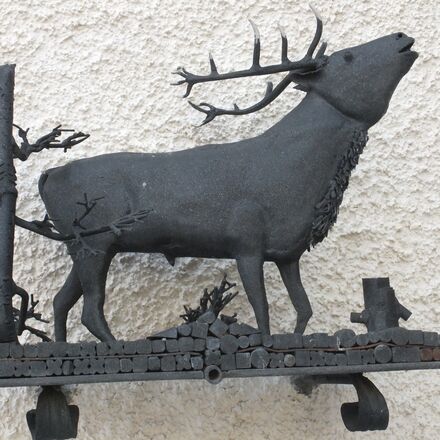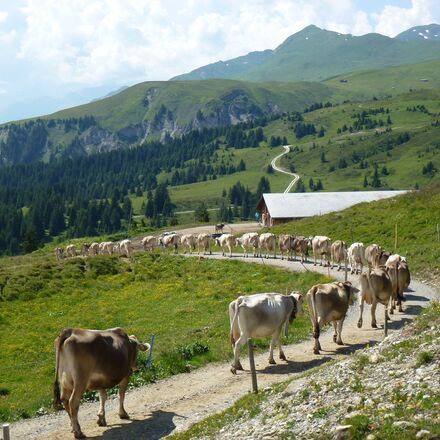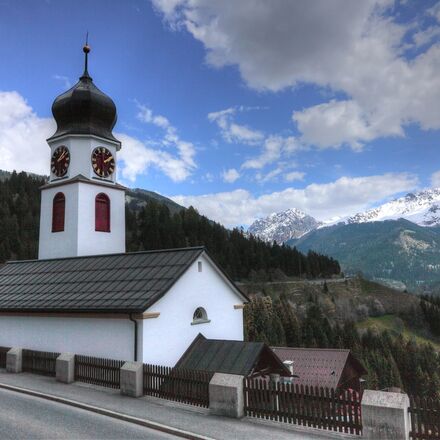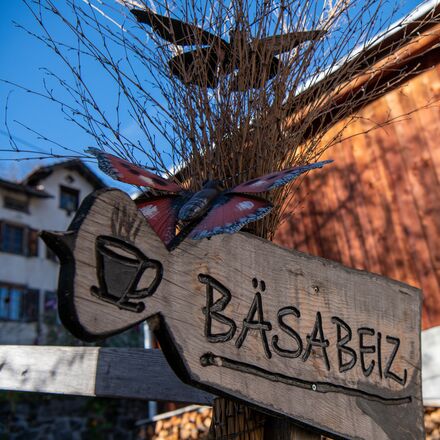Peist
The vivid mountain farmer and craftsmen village
In the old days the „Peister Meister“ (Masters of Peist) were world famous. The traces of the golden ages of the „Peister Meister“ are well visible when walking through the village. Still nowadays handicraft and agriculture determine the cycle of life. The rhythmic blow of the hammer and the singing sound of the saw can still be heard from the workshops. During the day the people of Peist are professional and hardworking, in the evening however, everyone meets for “Hengert” and enjoys telling local stories and legends to visitors.












